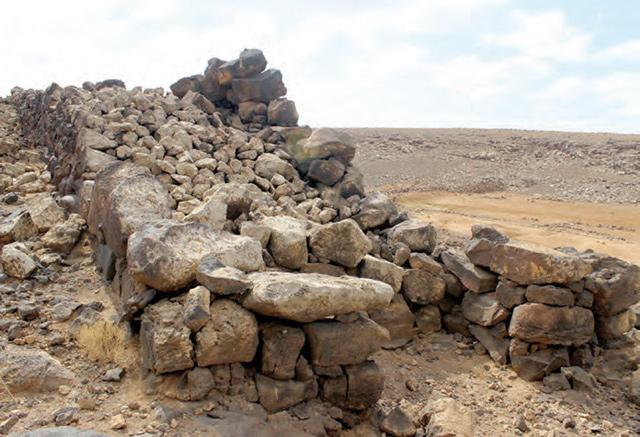- Local News
- Tue-2021-08-24 | 03:29 pm

Nayrouz News Agency :
Scholars predominantly began exploring Jordan’s prehistory in the mid-1970s, according to a Jordanian archaeologist.
"The archaeological excavations at the Natufian/Pre-Pottery Neolithic B site of Beidha were the only systematic and intensive work at a Jordanian prehistoric site before the 1970s,” said Professor Emeritus Zeidan Kafafi.
He said that the turning point was the early 1980s.
These studies yielded a huge amount of information about the prehistory of Jordan, especially the Neolithic period, he told The Jordan Times in an e-mail interview.
During the last years, archaeological surveys and excavations were conducted at several areas covering most of the geographical zones, the Black Desert, the Azraq Basin, the Wadi Bayer, Wadi Rum and Wadi Feynan.
"These prehistoric studies focused mostly on the Black desert region [Harra] but neglected the Ardes-Suwwan [Hamad] region,”he said.
The Wadi Araba region, especially the Wadi Feynan area, has been subject to intensive investigations by scholars who have revealed archaeological remains, Kafafi said.
Furthermore, scholars concluded that the archaeological remains from the Badia region were sparse and difficult to find since they are in limited areas, the archaeologist noted.
Regarding the Black Desert in eastern Jordan, during the Early Neolithic period the area was used for hunting. Around the seventh millennium BC the first domesticated sheep and goats appeared in the region, he said.
"It has been deduced that the communities during the seventh millennium BC led to a nomadic pastoralist style of life. The Late Neolithic period [c. 7,000–5,000 BC] sites uncovered in the Badia regions are completely different in type and archaeological material than those of earlier Neolithic periods,” Kafafi said.
This indicates that a number of changes in subsistence strategies took place in the Badia during the sixth and perhaps the first half of the fifth millennium BC, Kafafi noted.
The diversity of the exposed Late Neolithic sites in the Badia may reflect a combination of hunting/gathering and livestock management, the professor said. He added that the change of economy is likely to have been accompanied by a development of the social system.
"In other words, two settlement patterns must have evolved and coexisted, that is camp-sites and small villages,” he said.
The first belonged to mobile communities, the second to semi-nomad settlers [herders and pastoralists], who built themselves houses, Kafafi said.








